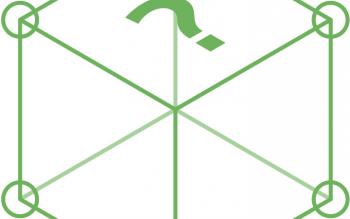Lead paragraph
Prototyping is not about being precious. Simple, low-fidelity, scrappy prototypes not only save time but help designers to quickly visualize and/or tangibilize service elements. Designers can prototype their ideas and service concepts in many ways. Thus designers need to find the right prototyping tool, especially for their idea or service concept.
PREPARATION: up to 15 minutes
DESIGN PHASE: Creation
DURATION: 60 minutes
TEMPLATE OR GUIDELINES: Determine What to Prototype template
FACILITATORS: 1 per workshop
RESOURCES: Pens, Post-its, a large sheet of paper or whiteboard
PARTICIPANTS: 1-8, design team, partners, community members, etc.
EXPECTED OUTCOME: What to prototype?
STEPS
1.START:
State the selected “How Might We” statement or a sub-focus area of it.
2.IDENTIFY:
Based on your design challenge statement or the focus of what you are interested in, define the criteria, and select suitable participants, considering not only who they are, but also what activities they would do.
3.PREPARE:
Organize a meeting with the selected participants, and gather the necessary resources and supplies. Think about what expectations will be set up-front, how you will start and end the workshop, and how much time participants are expected to dedicate to this activity.
4.CONDUCT:
Use the template, ‘Determine What to Prototype’, to highlight the key ideas of the service concept whilst thinking what needs to be prototyped or tested, and write a question per service element. Pick a question and consider the prototype tool which answers most reasonably to the question. Notice that the tool will not bring straightforward answers, it is about learning from it.
The motto is:
“Better to test a miserable failure and learn from it, rather than take ages making a beautiful, highly refined prototype.”
5.REPORT:
Write up the key outcomes and decisions from this exercise.

